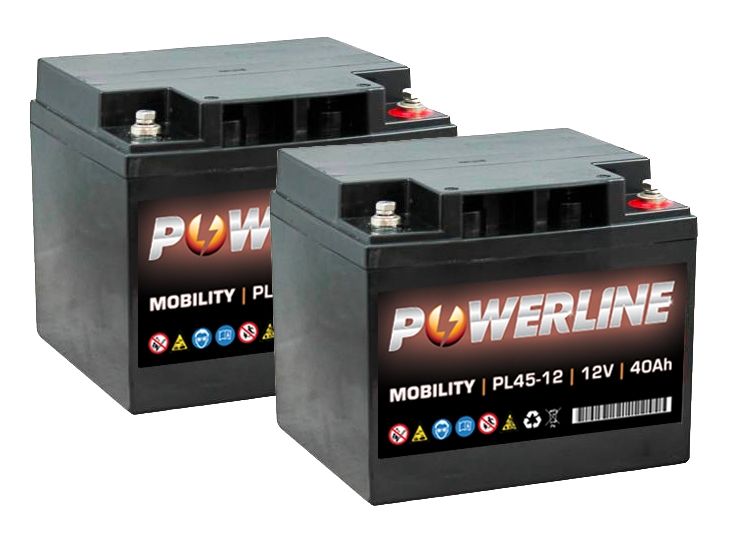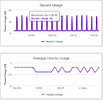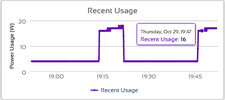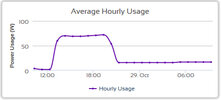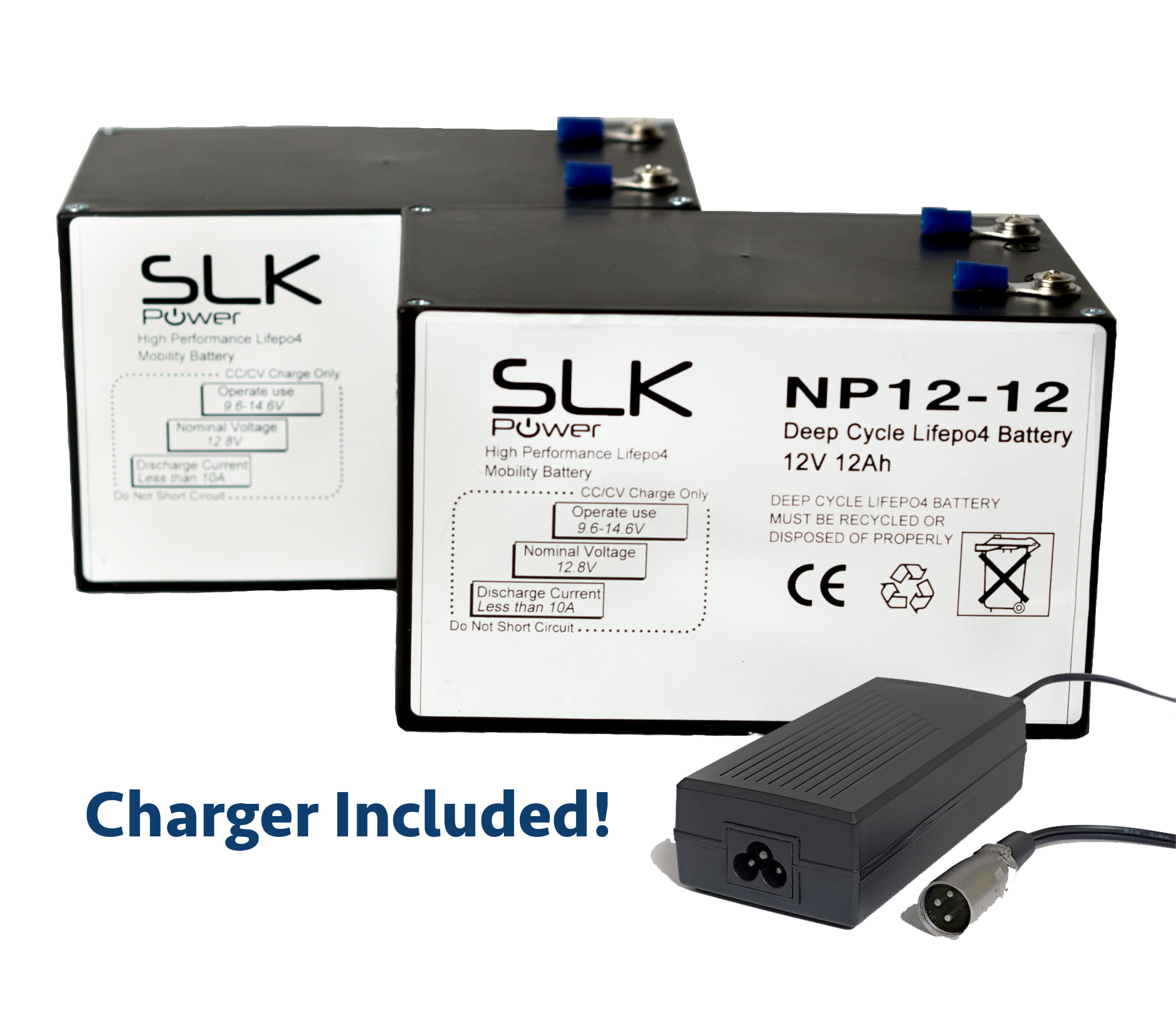Just testing a battery on a mobility scooter that has two 12v batteries.
Wanting some help interpreting.
From youtube videos, they suggest using a multimeter in the charging port when the scooter is on. It indicates a fully charged two 12V battery scooter should put out around 24V, but often 25V or even 26V.
They then suggest the main test is to check the voltage under load. The guidance being that the voltage should not drop too much. Usually no lower than 23V and certainly no lower than 22V.
The scooter I was testing was not recently fully topped up on charge, so it made interpreting what I saw a bit of a challenge. With the multimeter in the port, and the scooter powered off, I got a reading just over 24V.
As soon as I powered up the scooter this dropped to around 19V or just below. Under load, on the scooter's slowest mode on a flat-ish ground, this dropped to the low 18V. Turned up to full speed and a very slight incline, this dropped to around the mid 17V.
Now, is the issue that the scooter may not have been fully charged? So my baseline for judging the voltage should have been focused on the difference between the static (stationary) Voltage of 19V and the reading when under load of 18V.
Or, is the fact that it was anything below 20V regardless of how recently topped up it was, a strong indication that the battery is certainly well past it's best.
Wanting some help interpreting.
From youtube videos, they suggest using a multimeter in the charging port when the scooter is on. It indicates a fully charged two 12V battery scooter should put out around 24V, but often 25V or even 26V.
They then suggest the main test is to check the voltage under load. The guidance being that the voltage should not drop too much. Usually no lower than 23V and certainly no lower than 22V.
The scooter I was testing was not recently fully topped up on charge, so it made interpreting what I saw a bit of a challenge. With the multimeter in the port, and the scooter powered off, I got a reading just over 24V.
As soon as I powered up the scooter this dropped to around 19V or just below. Under load, on the scooter's slowest mode on a flat-ish ground, this dropped to the low 18V. Turned up to full speed and a very slight incline, this dropped to around the mid 17V.
Now, is the issue that the scooter may not have been fully charged? So my baseline for judging the voltage should have been focused on the difference between the static (stationary) Voltage of 19V and the reading when under load of 18V.
Or, is the fact that it was anything below 20V regardless of how recently topped up it was, a strong indication that the battery is certainly well past it's best.
Last edited:


